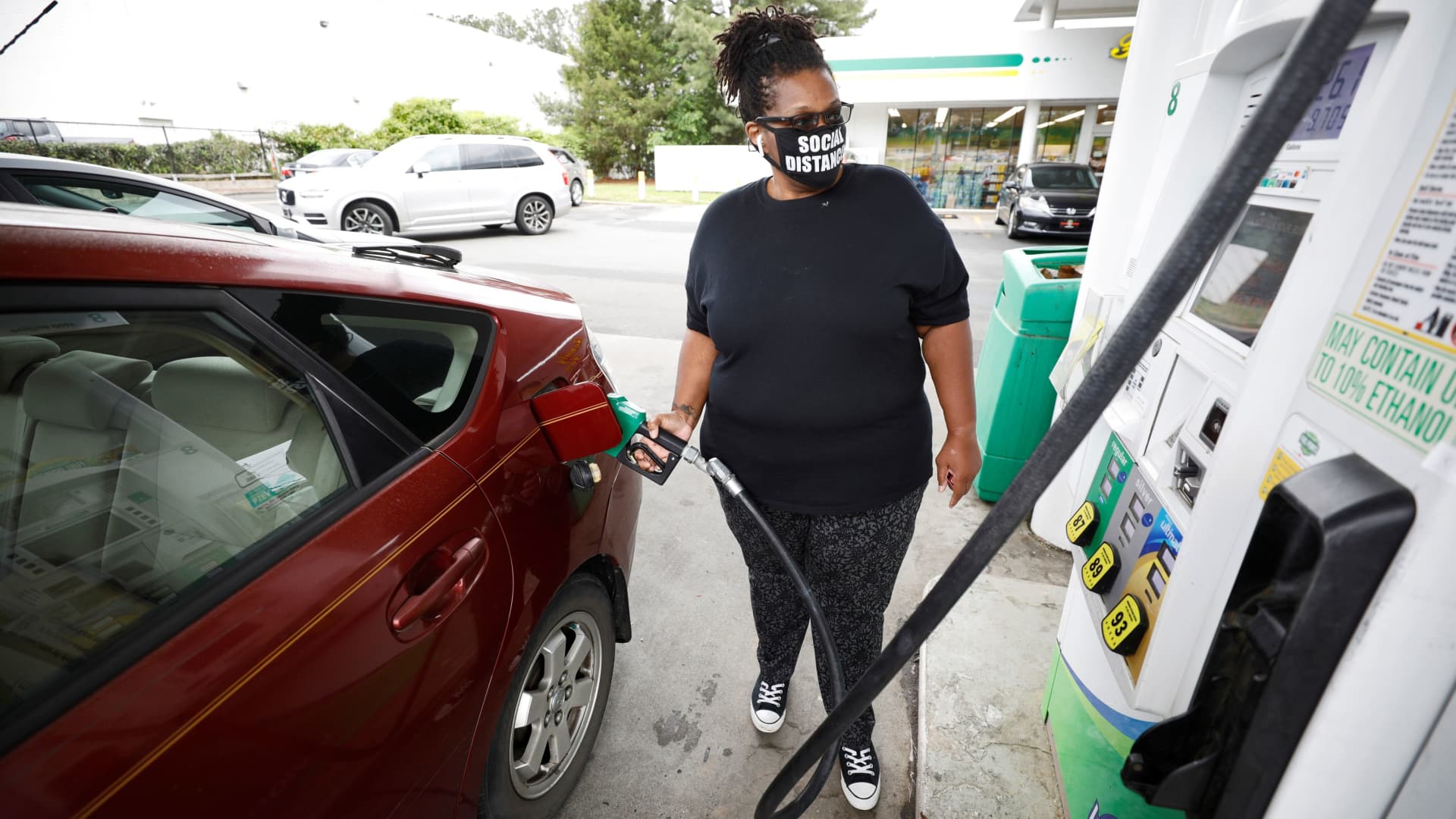Energy
Wednesday, June 19th, 2024 2:39 pm EDT
Key Points
- Surge in Solar Power: Solar energy is rapidly growing in the U.S., outpacing all other electricity sources. It’s forecasted to make up 58% of new electricity generation in 2024, with a record 36 gigawatts of solar to be added to the grid.
- Big Tech Driving Demand: Companies like Amazon, Microsoft, Meta Platforms, and Google are significantly driving demand for large-scale solar projects. These tech firms represented 40% of the demand for utility-scale solar projects over the past five years, as they aim for 100% clean energy to power data centers.
- Challenges and Grid Readiness: Despite the growth in renewables, there are substantial challenges in connecting them to an aging power grid and ensuring reliable power supply. Batteries, essential for storing energy, need advancements to meet demand when solar and wind conditions are not optimal. Only 20% of renewable projects seeking grid connection were completed between 2000 and 2018, highlighting the need for improved infrastructure and planning.
The rapid growth of solar energy in the United States is challenging previous criticisms from the oil and gas industry, which claimed that the energy transition to renewables was failing. Although solar power still only accounts for 3.9% of the nation’s electricity generation compared to natural gas’s 43%, its expansion is significantly outpacing other sources. This shift is driven by substantial investments from Big Tech companies like Amazon, Microsoft, Meta Platforms, and Google, which are increasingly seeking clean energy to power their data centers. These companies accounted for 40% of the demand for large-scale solar projects in the past five years and are committed to 100% clean energy, further accelerating solar growth.
The economic viability of renewables has improved dramatically as the costs of solar modules and batteries have dropped. In 2024, solar is expected to comprise 58% of new electricity generation in the U.S., with a record 36 gigawatts of solar capacity being added. This trend contrasts sharply with natural gas, which is projected to add just 2.5 gigawatts, the lowest in 25 years. The surge in demand for clean power is also supported by a significant rise in electricity consumption due to geopolitical shifts, manufacturing return, and the growing use of electric vehicles and data centers. As data centers alone are anticipated to consume 8% of U.S. electricity by 2030, meeting this demand while transitioning to clean energy poses a challenge.
Natural gas producers argue that their energy source is more reliable and can better meet the rising demand, especially from data centers, due to its abundant supply and quick deployment capabilities. They also highlight that natural gas has contributed to reducing emissions by displacing coal. However, proponents of solar energy counter that the massive backlog of renewable projects seeking grid connection demonstrates a strong future for renewables. Nearly 2,500 gigawatts of solar, wind, and battery projects were in line for grid connection in 2023, a stark contrast to the 79 gigawatts of natural gas projects.
Despite the promising growth of solar energy, the U.S. power grid is currently not equipped to handle the rapid increase in renewable energy projects. The process of connecting these projects to the grid is slow, often taking years, and the infrastructure required for transmission faces significant permitting challenges. Only a fraction of renewable projects seeking grid connection are eventually completed. Moreover, the deployment rate of renewables would need to triple to meet the goal of 90% clean electricity by 2035.
Batteries play a crucial role in addressing the intermittency of renewable energy sources. While the current market primarily offers batteries with about four hours of storage, there is a need for longer-duration batteries to ensure reliable power supply. The economics of battery storage are improving, with costs significantly lower than in the early 2000s, and the rising energy demand is expected to make longer-duration batteries more viable.
California serves as an example of the potential for solar energy and battery storage. On a typical day, solar energy can supply over half of the state’s power needs during peak hours, and batteries significantly contribute to the energy mix in the evening. Companies like AES are already providing around-the-clock renewable power solutions to tech firms, demonstrating the feasibility of a clean energy future.
In conclusion, while natural gas will continue to play a role as a bridge fuel, the momentum is clearly shifting towards renewables. The clean energy sector is reaching a pivotal point, driven by economic advantages, technological advancements, and substantial demand from major tech companies. The U.S. is on the cusp of a significant energy transformation, provided the challenges of grid connectivity and storage can be effectively addressed.
For the full original article on CNBC, please click here: https://www.cnbc.com/2024/06/19/solar-is-growing-faster-than-any-energy-source-as-clean-power-for-data-centers.html




